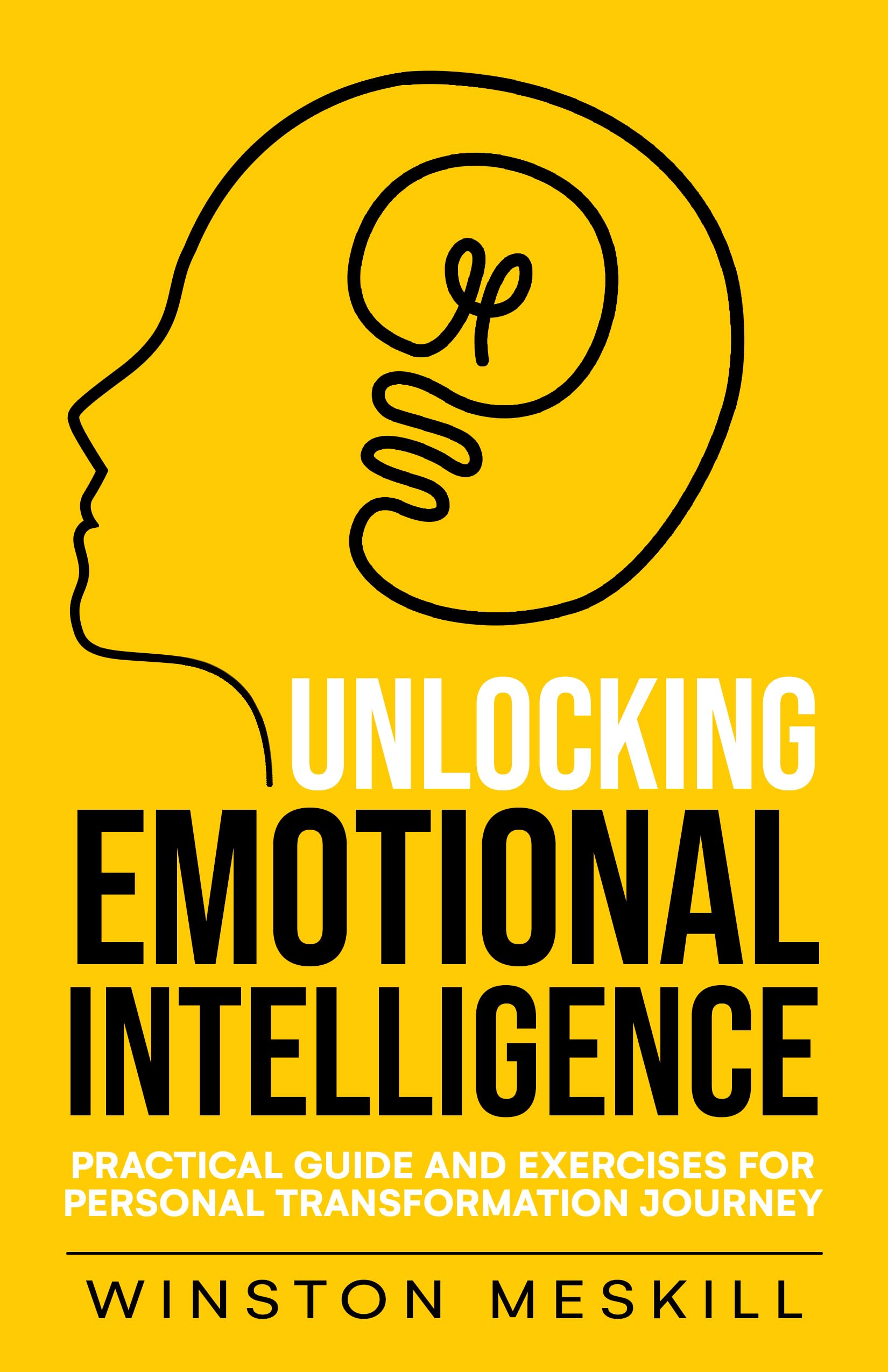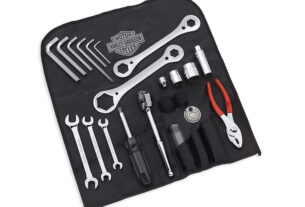Have you ever felt like you’re stuck in a rut and can’t seem to get out? You’re not alone. Many people struggle with feeling unfulfilled and uninspired, but what if there was a way to break free from these patterns and unlock your true potential? The answer lies within the pages of “The Tools” by Phil Stutz and Barry Michels.
In this book summary, we’ll explore the key concepts and tools outlined in “The Tools” that can help you navigate life’s challenges and achieve success. From learning how to embrace your emotions to tapping into your inner power, “The Tools” offers practical advice for anyone looking to live a more fulfilling life.
Section 1: Introduction
Before diving into the specific tools outlined in the book, it’s important to understand the overall philosophy behind “The Tools.” At its core, this book is about embracing emotional intelligence and using it as a tool for personal growth.
Emotional intelligence is defined as the ability to recognize, understand, and manage our own emotions while also being able to empathize with others. By developing emotional intelligence, we become better equipped to handle life’s challenges and build stronger relationships.
“The Tools” takes this concept one step further by offering specific techniques and exercises that can help us access our inner power and overcome obstacles. Let’s take a closer look at some of these tools.
Section 2: Tool 1 – Reversal of Desire
One of the key concepts in “The Tools” is the idea of reversing our desires. This means that instead of focusing on what we want, we focus on what we don’t want. This may sound counterintuitive at first, but it can be an incredibly powerful tool for overcoming negative thought patterns.
When we focus on what we want, we often become fixated on achieving that goal at all costs. This can lead to a sense of frustration and disappointment when things don’t go as planned. By reversing our desires and focusing on what we don’t want, we can shift our perspective and become more open to other possibilities.
For example, if you’re struggling with a difficult relationship, instead of focusing on how much you want that person to change, focus on what you don’t want – the pain, frustration, and disappointment that comes from that relationship. By shifting your focus in this way, you may find that new solutions and opportunities present themselves.
Section 3: Tool 2 – Active Love
Another tool outlined in “The Tools” is active love. This concept involves actively choosing to show love and compassion towards others, even in difficult situations.
When we encounter someone who is angry or hostile towards us, our natural instinct may be to respond with defensiveness or aggression. However, by practicing active love, we can break this cycle of negativity and create a more positive outcome.
Active love involves acknowledging the other person’s feelings and responding with empathy and kindness. This doesn’t mean that we have to agree with their behavior or condone it, but it does mean that we choose to respond in a way that promotes connection rather than conflict.
Section 4: Tool 3 – Inner Authority
The third tool outlined in “The Tools” is inner authority. This refers to our ability to tap into our own inner power and make decisions based on our own values and beliefs.
Many of us are conditioned to seek approval from others or follow societal norms without questioning them. However, by developing our inner authority, we can break free from these patterns and become more authentic in our choices.
Inner authority involves trusting ourselves and recognizing that we have the power to create our own reality. By making decisions based on our own intuition and values, we can live more fulfilling lives and achieve greater success.
Section 5: Tool 4 – The Grateful Flow
The fourth and final tool outlined in “The Tools” is the grateful flow. This concept involves cultivating a sense of gratitude for the people, experiences, and opportunities in our lives.
Gratitude has been shown to have a number of positive effects on our mental and physical health, including reducing stress and increasing happiness. By practicing gratitude regularly, we can shift our focus towards the positive aspects of our lives and create a more joyful outlook.
The grateful flow involves taking time each day to reflect on the things we’re grateful for and expressing that gratitude in some way. This could be through journaling, meditation, or simply sharing our appreciation with others.
Section 6: Conclusion
In conclusion, “The Tools” offers a powerful framework for personal growth and development. By embracing emotional intelligence and utilizing the tools outlined in this book summary, you can break free from negative patterns and unlock your true potential.
Remember that change takes time and effort, but with dedication and practice, you can achieve incredible results. So why not start today? Pick up a copy of “The Tools” and begin your journey towards a more fulfilling life.
Wiki Reference:
Stutz, Phil, & Michels, Barry. (2012). The Tools: Transform Your Problems into Courage, Confidence, and Creativity. Spiegel & Grau.




